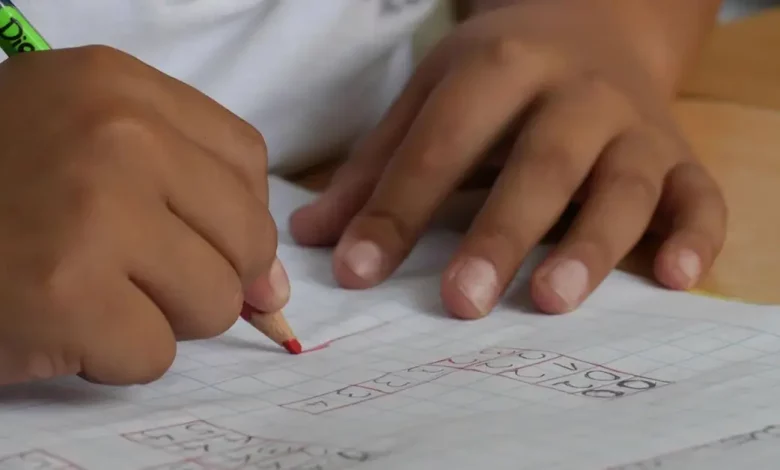
Context: The latest ASER report provides important insights on how the country can utilise education to benefit from its demographic advantage.
Details:
- The most recent Annual Status of Education Report (ASER) has directed its attention towards a crucial age group in India’s quest to unlock its demographic dividend – specifically, 14-18-year-olds residing in rural areas.
- Encouragingly, the report has unveiled a positive trend of a higher number of students transitioning into secondary education.
- ASER 2023 has acknowledged that there are now more children in India who have received a greater number of years of schooling than ever before.
- The survey conducted in 2023 places emphasis on the children’s ability to apply their reading and maths skills to real-life situations, as well as their aspirations.
- Additionally, it aims to gauge their access to digital technology and their proficiency in utilising it.
- Unlike previous reports, the latest findings do not view enrollment as merely an objective in itself.
Key points of the report:
- Around 25% of the people surveyed struggle with reading a Grade 2 level text in their local language.
- More than 50% have difficulty with basic arithmetic skills that they should have mastered by Grade 5.
- This is a significant issue that affects the quality of the country’s workforce. Only 6% of those surveyed are currently enrolled in vocational courses.
- There is growing pressure on young students due to intense academic competition.
- Some learners face additional challenges, such as having to balance academic requirements with working on family farms.
- The use of smartphones for educational purposes is much lower compared to entertainment.
- Approximately 90% of the households surveyed owned a smartphone, and almost 95% of boys and 90% of girls were able to use one.
Report’s recommendation:
- ASER recommends changing teaching methods to alleviate stress on students who are struggling.
- The growing prevalence of smartphones in rural areas presents a chance to expand education and create flexible classrooms.
- It is important to encourage students and parents to utilise digital technologies for learning.
- The National Education Policy of 2020 aims to incorporate digital technologies into the education system.
- China has successfully capitalised on its demographic advantage by implementing effective reforms in technical and vocational education and training.
ASER report:
- This is a nationwide survey conducted by the NGO Pratham for the past 15 years, focusing on rural education and learning outcomes in reading and arithmetic skills.
- It is the largest survey led by citizens in India and is conducted annually since 2005 in almost all rural districts of the country.
- Unlike other surveys, it is based on households rather than schools, making it a unique source of information on children’s learning outcomes.
- The survey uses Census 2011 as a sampling frame and provides important national data on children’s foundational skills across India.
- The most recent survey, ASER 2023 ‘Beyond Basics’, included 34,745 young respondents from 28 rural districts in 26 states.
Conclusion:
- The ASER report, which was recently published, discusses the problems and obstacles that the education sector in rural areas is facing.
- It emphasises the need for India to implement smart changes in its technical and vocational education and training systems in order to fully benefit from its demographic dividend.
Source: Indian Express
Practice question:
Q. How does India address disparities in educational access and quality?





.png)



